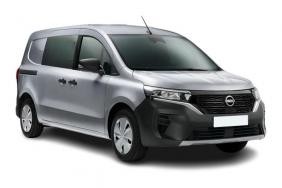

Search Filters


Our Nissan Townstar Lease Deals.

From
£529.56 inc VAT
Initial rental: £4,766.04 inc VAT
48 months, 10000 annual mileage,
RRP Value £42,594.00 inc. VAT

From
£559.73 inc VAT
Initial rental: £5,037.55 inc VAT
48 months, 10000 annual mileage,
RRP Value £44,814.00 inc. VAT

From
£571.98 inc VAT
Initial rental: £5,147.82 inc VAT
48 months, 10000 annual mileage,
RRP Value £40,794.00 inc. VAT

From
£580.93 inc VAT
Initial rental: £5,228.39 inc VAT
48 months, 10000 annual mileage,
RRP Value £45,954.00 inc. VAT

From
£426.38 exc VAT
Initial rental: £3,837.42 exc VAT
48 months, 10000 annual mileage,
P11D £42,594.00

From
£439.82 exc VAT
Initial rental: £3,958.38 exc VAT
48 months, 10000 annual mileage,
P11D £40,794.00

From
£449.20 exc VAT
Initial rental: £4,042.80 exc VAT
48 months, 10000 annual mileage,
P11D £44,814.00

From
£462.18 exc VAT
Initial rental: £4,159.62 exc VAT
48 months, 10000 annual mileage,
P11D £45,954.00

From
£462.46 exc VAT
Initial rental: £4,162.14 exc VAT
48 months, 10000 annual mileage,
P11D £43,014.00

From
£528.36 exc VAT
Initial rental: £4,755.24 exc VAT
48 months, 10000 annual mileage,
P11D £40,734.00
Vehicle Showroom
You need to have an account to add vehicles to your showroom. Click the button below to login or to create a new account.
Register or Log In